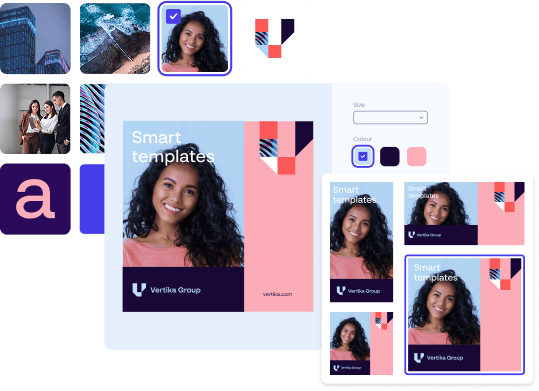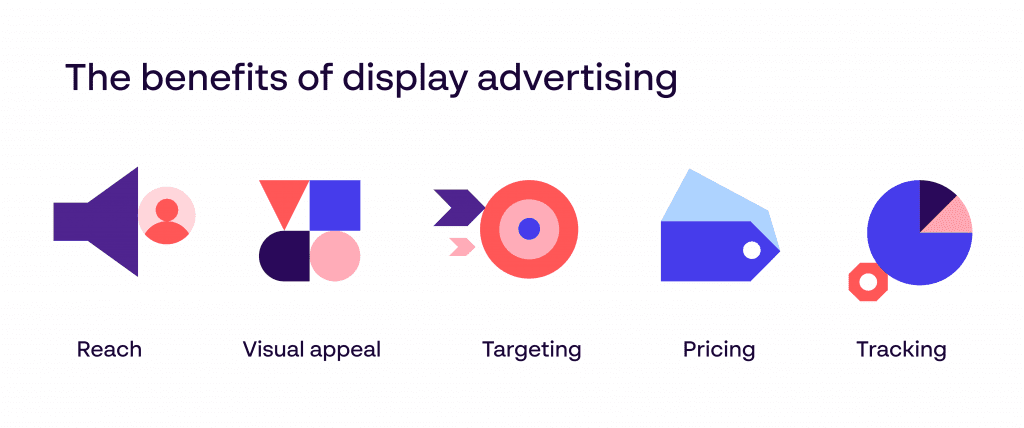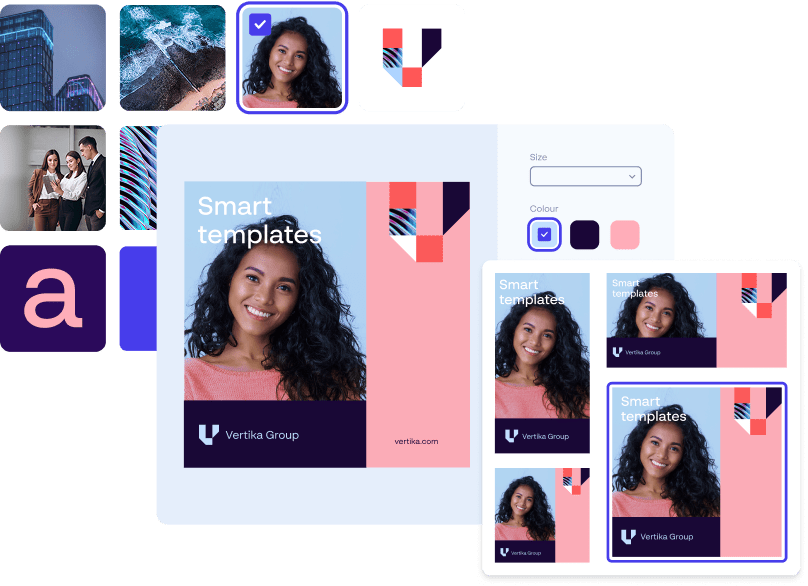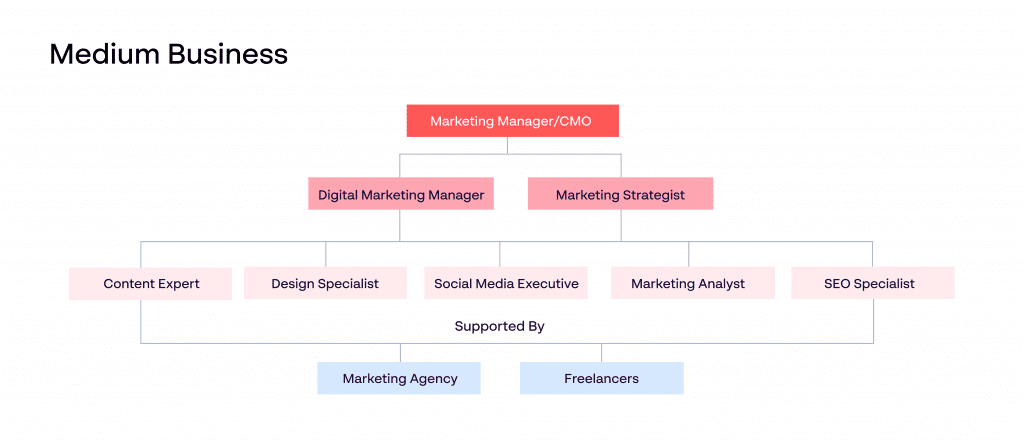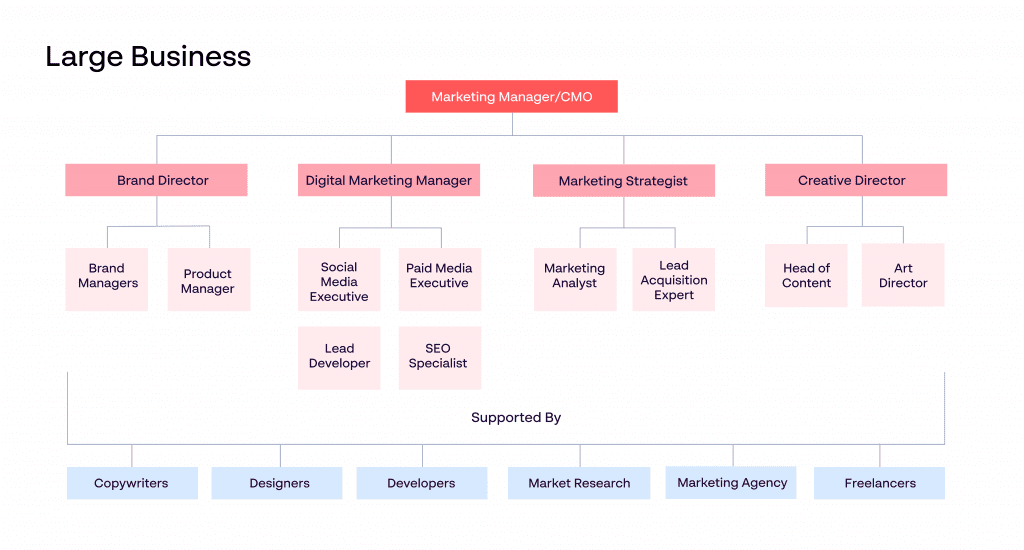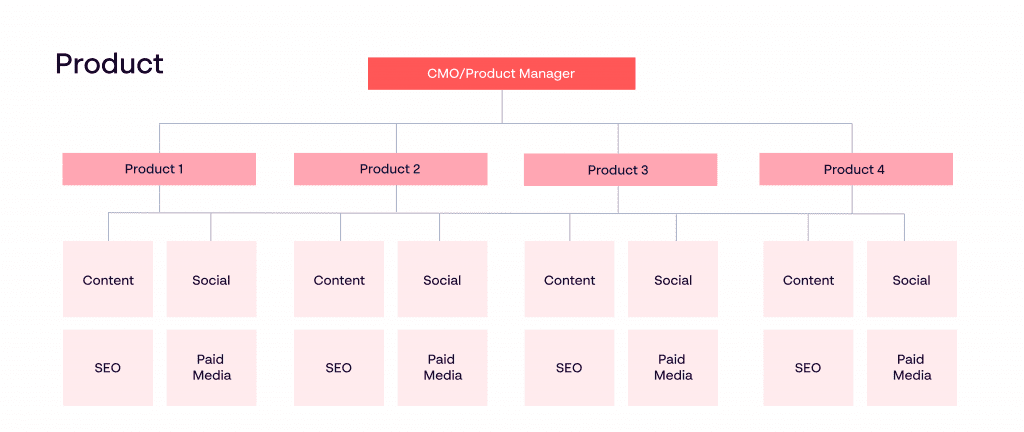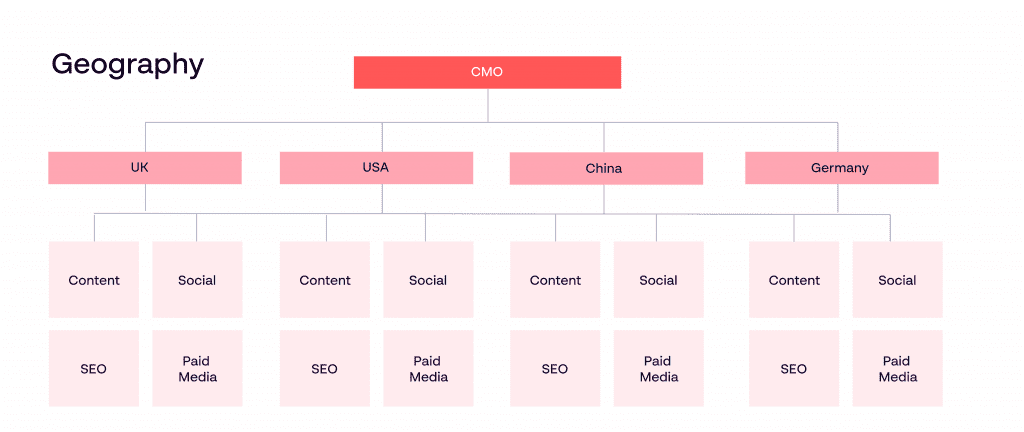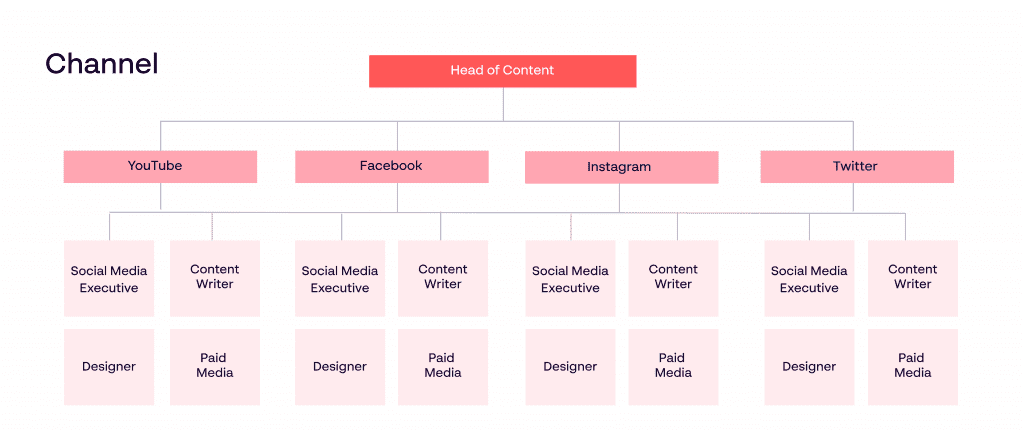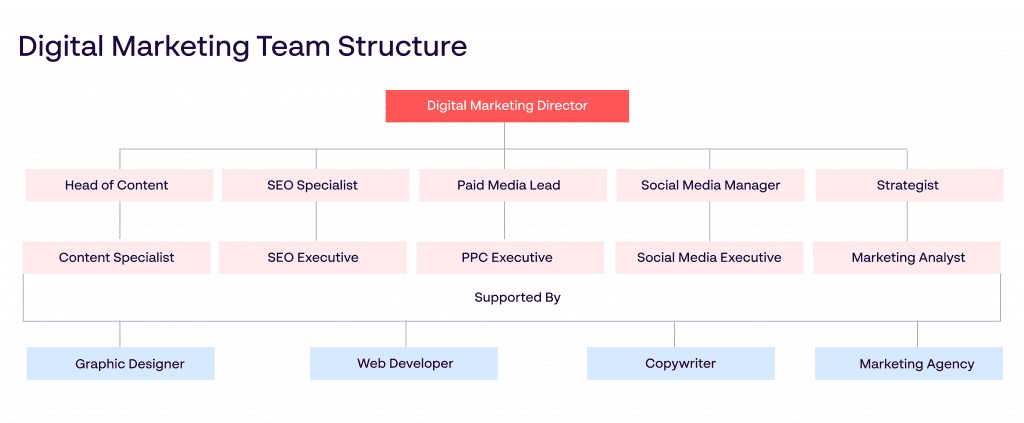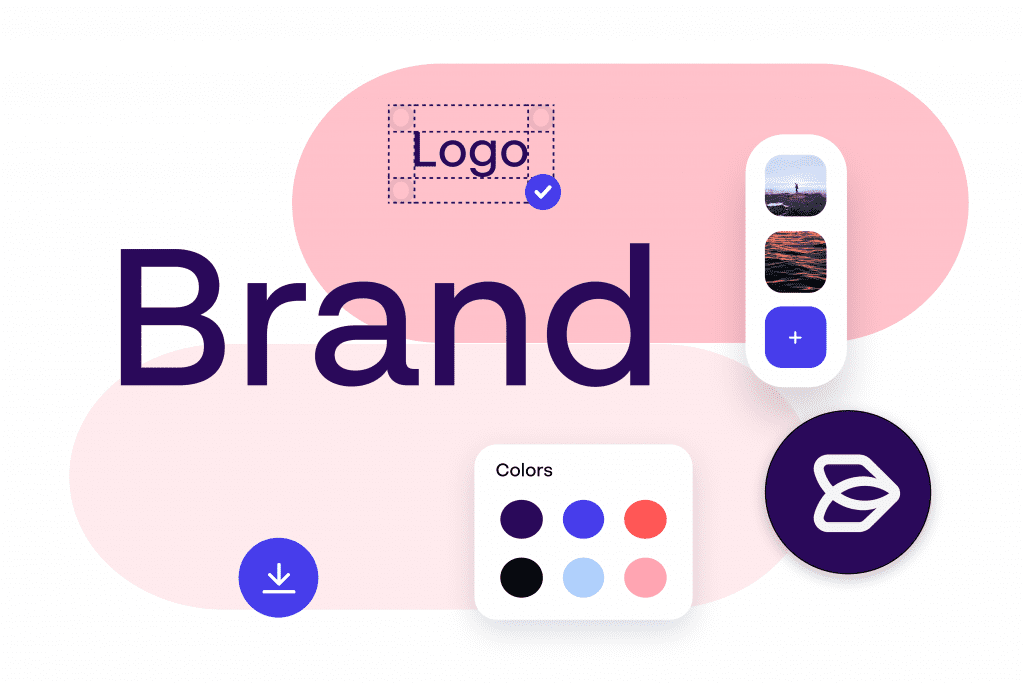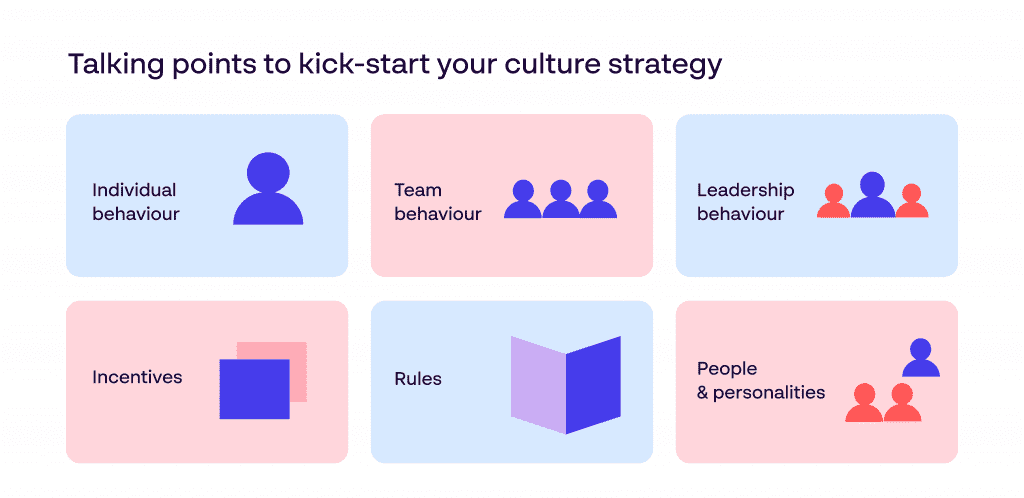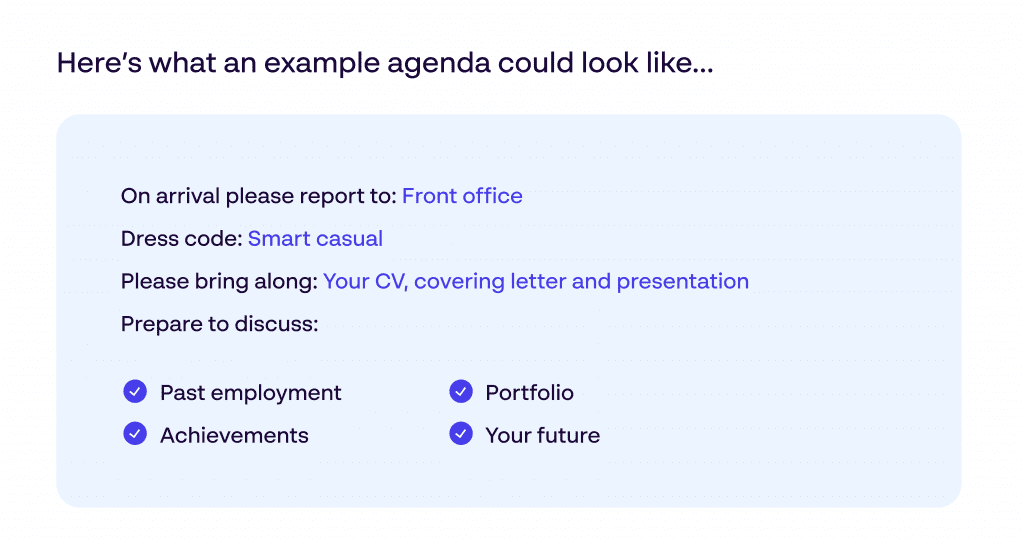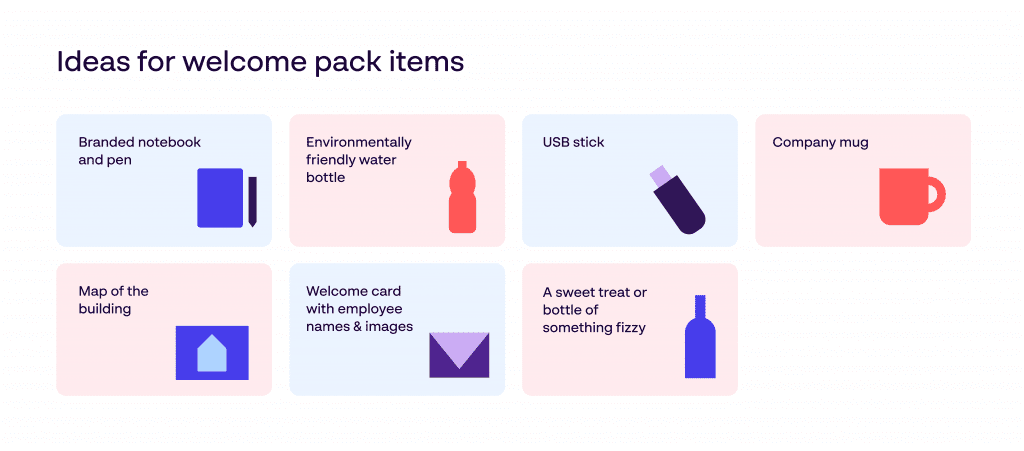Why do some brands immediately come to mind when we think of a season, a person, or even a mood? It might feel instinctive, but in most cases, these associations are carefully built over time — through everyday interactions and standout brand marketing moments.
Brand associations are the mental connections people make between your brand identity and specific thoughts, feelings or ideas. These associations are central to building brand equity. They shape buying behavior and help your brand achieve differentiation, even in a market filled with similar products or services.
The psychology behind strong brand associations
The psychology behind brand association goes deep, with one of the most widely accepted explanations rooted in the Hebbian Theory of Donald Hebb, considered the father of neuropsychology. In his 1949 book The Organization of Behavior, Hebb proposed that our brains form stronger and quicker neural pathways the more frequently two concepts are experienced together.
That same principle applies to branding – through repeated interactions and brand messaging, your brand becomes mentally linked to specific ideas.
5 ways brands create an emotional connection:
Attributes
These are the recognizable features of a product or service, including how it looks, feels, and performs. For example, a brand promoting itself as eco-conscious might use recyclable materials and nature-inspired designs to reinforce that perception.
Attitudes
The emotional associations a brand cultivates are also tools for connection. These include feelings associated with joy, nostalgia, luxury, or athleticism. Take this Apple ad from 2024. It’s a great example of how brands find ways to connect with familiar, recognizable elements from their customers’ lives before tying those experiences back to their own company’s story.
Benefits
Many people buy products or services based on the benefits associated with the brand. But these benefits do not always have to be purely experienced by the consumer – they can also be about helping to make the world a better place. A great example is Warby Parker’s pledge to donate a pair of glasses to children and those in need for every pair purchased.
Celebrities
Endorsements from public figures remain a tried-and-tested way to build brand recognition. This works most effectively when the celebrity naturally aligns with the brand identity – like when famous ketchup lover Ed Sheeran collaborated with Heinz.
How do leading brands build brand equity?
For global brands, building and reinforcing positive associations is essential to staying ahead. Here’s how some of the most iconic brands keep themselves top of mind:

There’s a reason you’ll find bright red Coca-Cola branding at holiday resorts and sports events, and tied to beloved characters like Santa Claus. By connecting with these overwhelmingly positive experiences, the brand becomes inextricably linked with people’s happy memories – and has consumers reaching for Coca-Cola products in good times and bad.

Apple hasn’t just gained customers — it’s garnered a following. Their sleek product design, elevated packaging, and hyped launch events all reinforce their premium, innovative brand identity. Collaborations with creative powerhouses like Aardman Animations further connect Apple to groundbreaking talent.

The Nike swoosh has long been associated with the world’s most famous athletes. As well as tapping into people’s athletic aspirations, Nike is connecting itself with the emotions that first draw people into sport, such as competitiveness, teamwork, self-improvement and determination. It’s why everyone these days thinks sport whenever they see Nike (and thinks Nike whenever they see sport).

Besides the iconic mermaid and expansive range of coffees, what’s the one thing everybody associates with Starbucks? That’s right – writing customers’ names on their cups. It doesn’t feel like a big deal on the surface, but this small personal touch helped make Starbucks a standout influencer brand on Instagram, and they continue to connect with millions across the globe this way.

After a run of negative publicity surrounding childhood obesity, McDonald’s made some major changes to their brand marketing strategy. This included:
- Revamping menus to include healthier options and provide customers with nutritional information
- Projecting a strong eco-friendly message by introducing recyclable packaging and drastically altering their brand colors to green
- Reusing their own cooking oils to fuel their bio-diesel range of trucks
- Overhauling the design and feel of their restaurants to encourage more people to eat in
3 ways to start building stronger brand associations
If associations aren’t yet part of your brand marketing strategy, here are three steps to build connections that last.
#1 Association mapping
A brand association map like the example below will help you analyse the positive and negative associations that consumers currently have of your brand. It will show you where you stand out from your competitors and what makes your customers choose your products or services.
These insights will help you choose which areas to focus on when it comes to creating connections, generating engagement, and helping teams to shape future content.
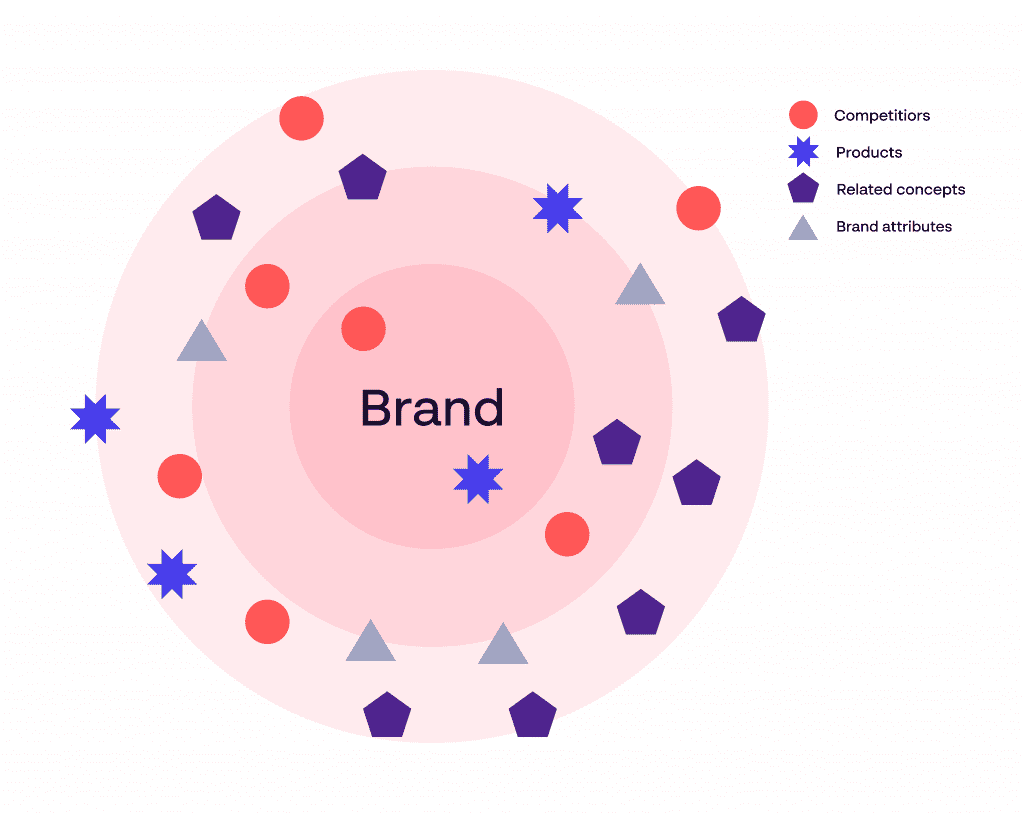
#2 Analyzing how people search and ask
The way people discover and connect with brands is no longer just about what they type into Google. The direct questions your audience asks in AI tools, such as ChatGPT or Perplexity, reveal customer behaviour: a need, a question, a curiosity.
By analyzing behaviors in both search engine keywords and LLM prompt phrasing, you have an advantage. You uncover the mental connections people are making between ideas, categories, and brands. This isn’t just about SEO keyword rankings anymore. It’s about visibility in the answers people trust.
Search trends still show which topics matter. But increasingly, language models are shaping brand perception by surfacing examples and recommending solutions. If your brand isn’t showing up in search results, or in the answers given by AI, that’s a gap in your brand association strategy.
Combining traditional keyword analysis with LLM-based prompt intelligence can help you understand:
- What ideas your brand is associated with (or not)
- Where new associations could be built
- How to align content with how people actually think and search today
Social listening remains a powerful companion to this. It gives you real-time insight into the conversations happening around your brand, letting you see what themes are emerging — and how to harness them in content that feels relevant, timely, and resonant.
#3 Avoiding the negatives
Poor brand associations are easy to create — and difficult to undo. Common pitfalls include:
- Inconsistency – Gaps in service, product quality or brand messaging can break trust and strengthen negative perceptions.
- Contradictions – Brand values must match business practices. If a brand promotes fairness but uses unethical labor, consumers will notice.
- Forced connections – It’s not enough simply to raise awareness via a trend. Your brand needs to be part of the solution as well. Any response that feels half-hearted or inauthentic is likely to be called out.
How DAM software helps you build brand association
Building positive associations that reach the hearts and minds of your audience is one of the most powerful marketing techniques at your disposal. But associations don’t form overnight. They take consistent, ongoing content that reinforces what your brand stands for. Without that, the connections you’ve worked hard to build can fade.
Papirfly’s Digital Asset Management and templated content creation suite is designed to help marketing teams generate in-house content faster and more cost-effectively – without ever straying off-brand. It makes building and maintaining connections with an audience easier and more reliable than ever before.
Not sure what to look for in a DAM?
We’ve got you covered
Not sure what to look for in a DAM?
We’ve got you covered.
Not sure what to look for in a DAM?
We’ve got you covered.
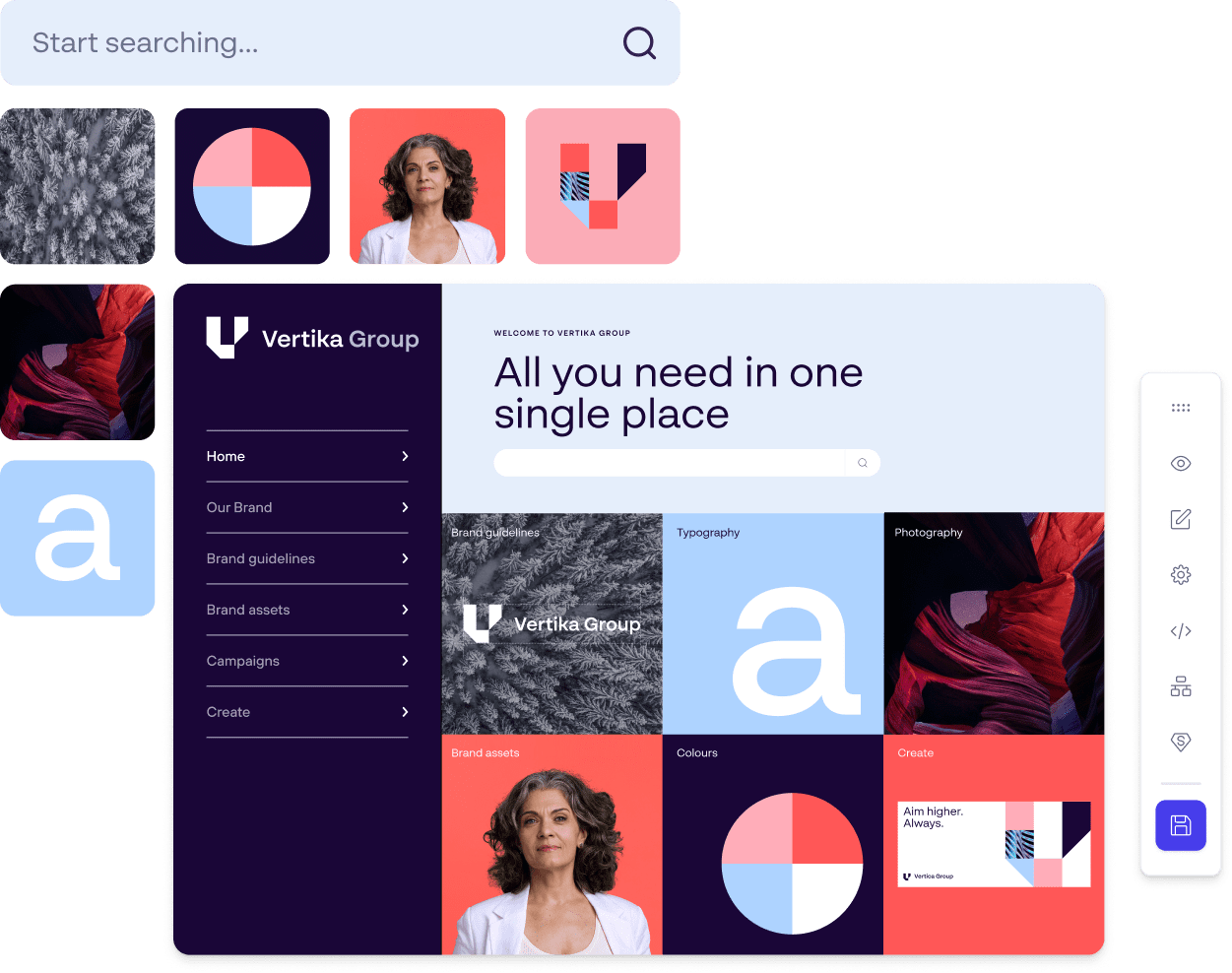
FAQs
Brand associations are the mental connections people make between your brand and specific ideas, emotions, or experiences. Positive brand associations build brand equity, influence customer decisions, and help businesses stand out in crowded markets.
Brands can build emotional connections through product attributes, consumer benefits, attitudes, celebrity endorsements, and symbolic moments. Each method reinforces a specific brand perception or value linked to the brand.
Yes. Negative experiences, poor customer service, or bad publicity can create harmful associations that damage brand perception and reduce customer loyalty.
Begin with an association map to understand existing perceptions. Use co-search and social listening to spot real-world connections. Avoid inconsistencies or forced associations that could erode trust or feel inauthentic.
A DAM system ensures consistent brand marketing by organizing assets and enabling faster content creation. This consistency reinforces the mental links customers form with your brand identity and values.


